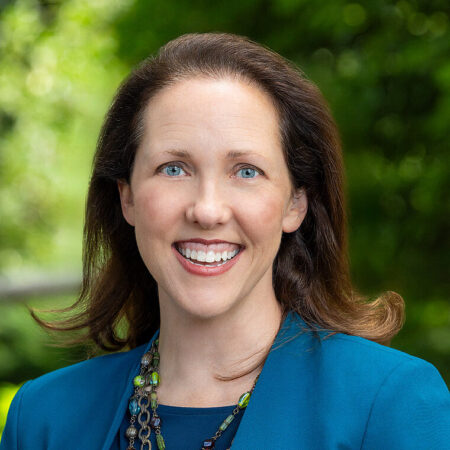 By Shawna Morris, Executive Vice President, Trade Policy & Global Affairs
By Shawna Morris, Executive Vice President, Trade Policy & Global Affairs
The first mandatory review of the U.S.-Mexico-Canada Agreement (USMCA) will take place in 2026, bringing all three countries together to evaluate the agreement’s first five years and consider changes. For U.S. dairy producers, this review is a critical opportunity to finally secure the gains promised under USMCA.
When USMCA was implemented in 2020, it was expected to deliver a limited yet important expansion into the Canadian market for U.S. exporters. The deal also established rules to limit Canada’s offloading of artificially low-priced dairy ingredients into global markets and to safeguard the ability of U.S. producers to use common names like “Parmesan” in Mexico. Five years in, there are still shortfalls in each of these key areas.
Canada’s TRQ manipulation and export loopholes
From day one, Canada has repeatedly violated its obligations through its tariff-rate quota (TRQ) allocations, which are designed to allow U.S. producers to export a certain quantity of a product tariff-free. However, Canada has manipulated the system by giving the vast majority of the quota allotments to Canadian processors instead of allowing others throughout the Canadian supply chain a fair shot at securing and filling the quotas. As a result, dairy TRQ fill rates remain chronically low. For example, U.S. dairy exporters have missed out on over 15,000 metric tons of bulk cheese exports over the past five years — and that is just one quota.
Adding insult to injury, Canada has created a new workaround that enables its producers to continue to dump artificially low-priced dairy proteins, which undermines commercially priced U.S. products outside of Canada. National Milk Producers Federation (NMPF) estimates that Canada’s dairy protein exports benefiting from this policy equate to over $740 million of Class IV Skim paid to producers over the last four years.
Mexico’s common name commitments
Mexico is a valued and vital partner. Unfortunately, it has fallen short in one important USMCA area: protection of common cheese names.
Five years into the USMCA agreement, Mexico has failed to implement regulations to ensure that no new barriers arise to the use of common cheese names. This leaves many widely used names like “Feta” and “Parmesan” vulnerable to geographical indication restrictions as the European Union advances its trade deal with Mexico toward implementation.
A coordinated and forceful response
In preparation for next year’s review, the NMPF and the U.S. Dairy Export Council (USDEC) have mounted a coordinated and proactive strategy.
Last week, with robust support from across the U.S. dairy community, 74 members of the House of Representatives urged the U.S. Trade Representative (USTR) to address these issues. To complement that call, NMPF and USDEC testified before USTR on Dec. 3 to outline the importance of ensuring USMCA lives up to its potential.
To tackle Canada’s growing policy-driven dairy exports, NMPF and USDEC also testified and submitted comments to the U.S. International Trade Commission as part of its investigation into U.S. competitiveness in nonfat milk solids — an inquiry launched at USTR’s request following NMPF and USDEC advocacy regarding Canada’s distortions of global dairy markets.
Meanwhile, NMPF, USDEC, and the Consortium for Common Food Names continue to work with the U.S. and Mexican governments to ensure that the use of common names can continued unimpeded in Mexico.
Conclusion
These efforts reflect a broader strategy by NMPF and USDEC, working together with the wider U.S. dairy community, to enter the 2026 USMCA review with a strong, well-documented case for holding trading partners accountable and ensuring that U.S. dairy producers receive the market access and fair competition they were promised.
This column originally appeared in Hoard’s Dairyman Intel on Dec. 22, 2025.



 By Dr. Jamie Jonker, Chief Science Officer
By Dr. Jamie Jonker, Chief Science Officer



